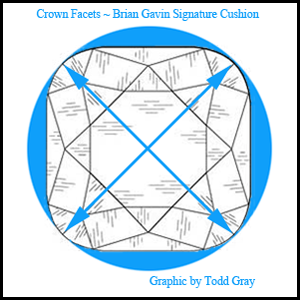http://www.briangavindiamonds.com/diamond/brian-gavin-hearts-and-arrows/
Here are a couple of examples:
http://www.briangavindiamonds.com/diamonds/diamond-details/0.661-h-vs2-cushion-diamond-ags-104065050016
http://www.briangavindiamonds.com/diamonds/diamond-details/0.716-e-si1-cushion-diamond-ags-104065050014
http://www.briangavindiamonds.com/diamonds/diamond-details/0.705-j-si1-cushion-diamond-ags-104065051017
What do you guys think of the new cuts?
Here are a couple of examples:
http://www.briangavindiamonds.com/diamonds/diamond-details/0.661-h-vs2-cushion-diamond-ags-104065050016
http://www.briangavindiamonds.com/diamonds/diamond-details/0.716-e-si1-cushion-diamond-ags-104065050014
http://www.briangavindiamonds.com/diamonds/diamond-details/0.705-j-si1-cushion-diamond-ags-104065051017
What do you guys think of the new cuts?





300x240.png)